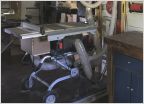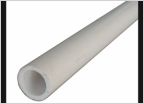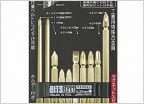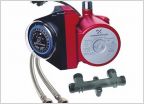-
Welcome to Tacoma World!
You are currently viewing as a guest! To get full-access, you need to register for a FREE account.
As a registered member, you’ll be able to:- Participate in all Tacoma discussion topics
- Communicate privately with other Tacoma owners from around the world
- Post your own photos in our Members Gallery
- Access all special features of the site
High quality efficient home lighting using LEDs, HIRs and Halogens
Discussion in 'Garage / Workshop' started by crashnburn80, Oct 28, 2018.
Page 1 of 10
Page 1 of 10


 Automated Dust Collection
Automated Dust Collection Welding school to Graduation and stuff in between!
Welding school to Graduation and stuff in between! Shop/Garage Air - ABS Piping
Shop/Garage Air - ABS Piping JIS Screwdriver Set Recommendations
JIS Screwdriver Set Recommendations Garage/ Shop heater
Garage/ Shop heater Calling the plumbers in the crowd
Calling the plumbers in the crowd










